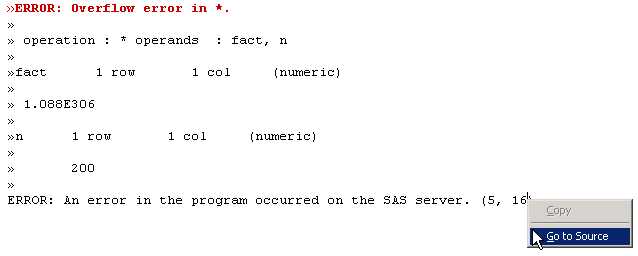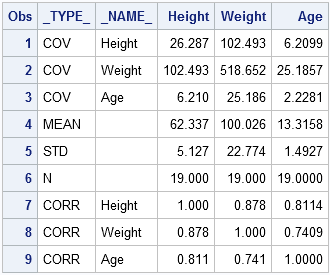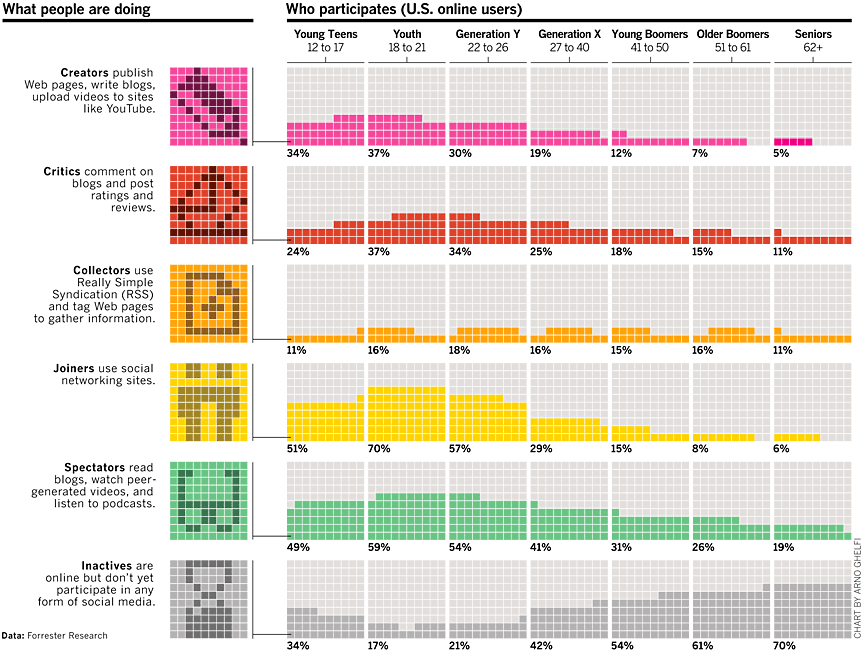The DO Loop
Statistical programming in SAS with an emphasis on SAS/IML programs
NOTE: SAS stopped shipping the SAS/IML Studio interface in 2018. The references in this article to IMLPlus and SAS/IML Studio are no longer relevant. There are three kinds of programming errors: parse-time errors, run-time errors, and logical errors. It doesn't matter what language you are using (SAS/IML, MATLAB, R, C/C++,

Both covariance matrices and correlation matrices are used frequently in multivariate statistics. You can easily compute covariance and correlation matrices from data by using SAS software. However, sometimes you are given a covariance matrix, but your numerical technique requires a correlation matrix. Other times you are given a correlation matrix,

Sample covariance matrices and correlation matrices are used frequently in multivariate statistics. This post shows how to compute these matrices in SAS and use them in a SAS/IML program. There are two ways to compute these matrices: Compute the covariance and correlation with PROC CORR and read the results into

I enjoy reading about the Le Monde puzzles (and other topics!) at Christian Robert's blog. Recently he asked how to convert a number with s digits into a numerical vector where each element of the vector contains the corresponding digit (by place value). For example, if the number is 4321,
The SAS/IML language enables you to perform matrix-vector computations. However, it also provides a convenient "shorthand notation" that enables you to perform elementwise operation on rows or columns in a natural way. You might know that the SAS/IML language supports subscript reduction operators to compute basic rowwise or columnwise quantities.

My last post was a criticism of a statistical graph that appeared in Bloomberg Businessweek. Criticism is easy. Analysis is harder. In this post I re-analyze the data to present two graphics that I think should have replaced the one graphic in Businessweek. You can download the SAS program that
